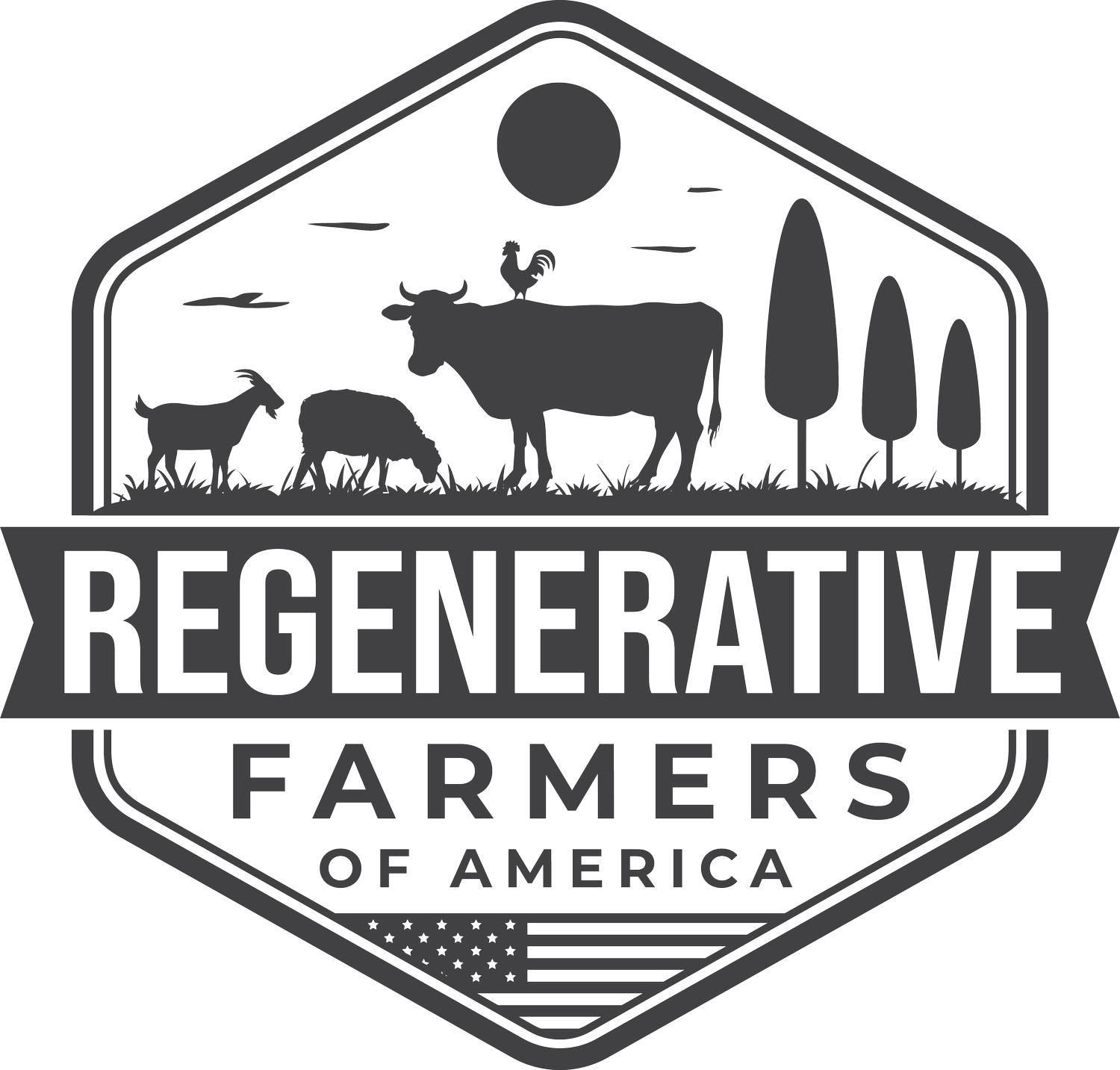
Sustainable Agriculture vs Regenerative Agriculture
Modern agriculture is one of the most polluting industries on earth. And it’s responsible for up to 25 percent of our greenhouse gasses each year. This is why more and more farmers are turning to sustainable and regenerative agricultural methods instead. These practices work more in harmony with nature, but there’s a big difference between the two. So below, we’ll take a closer look at sustainable agriculture vs regenerative agriculture.
Why is Intensive Agriculture Bad?
Intensive agriculture produces a very high yield of crops, however, it works in a way that damages our environment. Heavy plowing damages the topsoil, which leads to erosion and depletes the quality of the earth.
As well as this, the chemical fertilizers and pesticides used in intensive agriculture pollute our air and waterways. And intensive meat farming is one of the main contributors when it comes to climate change. Ultimately, traditional, intensive agriculture is slowly killing the planet.
What Is Sustainable Agriculture?
Sustainable agriculture works more in harmony with nature than intensive agriculture. It’s a broad term that covers lots of different aspects of farming. But the goal of sustainable agriculture is to maintain the land by farming in a way that doesn’t damage it further.
So even though sustainable agriculture is better for the environment than intensive agriculture, it doesn’t necessarily improve the earth.
What is Regenerative Agriculture?
Regenerative Agriculture goes one step further than sustainable agriculture because it improves the quality of the earth and rebuilds natural systems. It does this through no-till farming and rotational grazing, and it doesn’t depend on strong chemical pesticides and fertilizers.
No-till farming is when the top layer of soil isn’t plowed or disturbed. Instead, it’s left in its natural state and small plants grow on the surface. When the earth isn’t disturbed it improves the microbial content of the soil, encourages biodiversity and prevents erosion. And overall, this will enhance the ecosystem and improve carbon storage in the earth.
Which is Better Sustainable Agriculture or Regenerative Agriculture?
Both sustainable and regenerative agriculture have a similar goal in mind. They both aim to work respectfully with nature, instead of against it. And often, the two practices overlap. However, sustainable agriculture doesn’t strive to improve the earth, its goal is to only maintain it. Therefore, regenerative agriculture is better for the planet.
Regenerative agriculture not only improves the quality of the earth, but it can also help to reverse climate change. Plants absorb carbon from the atmosphere and store it in their roots. So when the top layer of soil is left undisturbed with regenerative agriculture, the small surface plants absorb tons of carbon from the atmosphere.
Conclusion
When you look at sustainable agriculture vs regenerative agriculture, you can see there’s a clear difference. Sustainable agriculture is certainly better than intensive agriculture, but it doesn’t necessarily improve the earth or the environment. So this is why you should choose your meat, fruit and vegetables from regenerative farmers instead. Because overall, regenerative agriculture is much better for our planet and it can help with the fight against climate change.
